Type
Entrante
People
4 Personas
Time
50 Minutos

The Tudela Artichoke, known as the flower of Navarra’s market garden, is one of the vegetables most appreciated by lovers of good food. The variety grown is ‘Blanca de Tudela’. These artichokes are rounded and are identifiable by their bracts, which do not join up and leave a characteristic hole. Fresh or preserved, they are the stars of both traditional and the most innovative of recipes.

Tudela Artichoke
The production area covered by the Tudela Artichoke Protected Geographical Indication consists of the land located in Navarra which the Regulatory Council considers suitable for the production of artichokes and currently includes 33 localities in Navarra’s Ribera region, with the Tudela district at its centre.
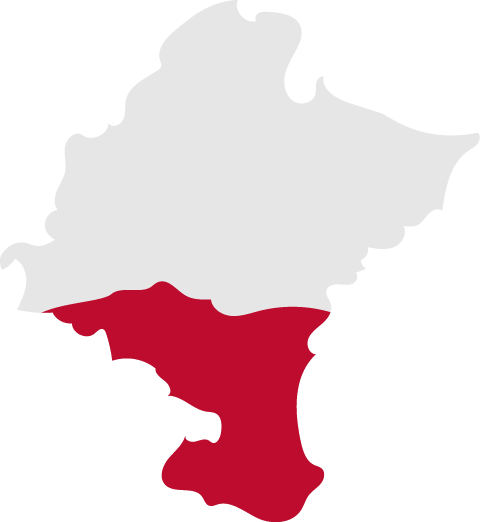
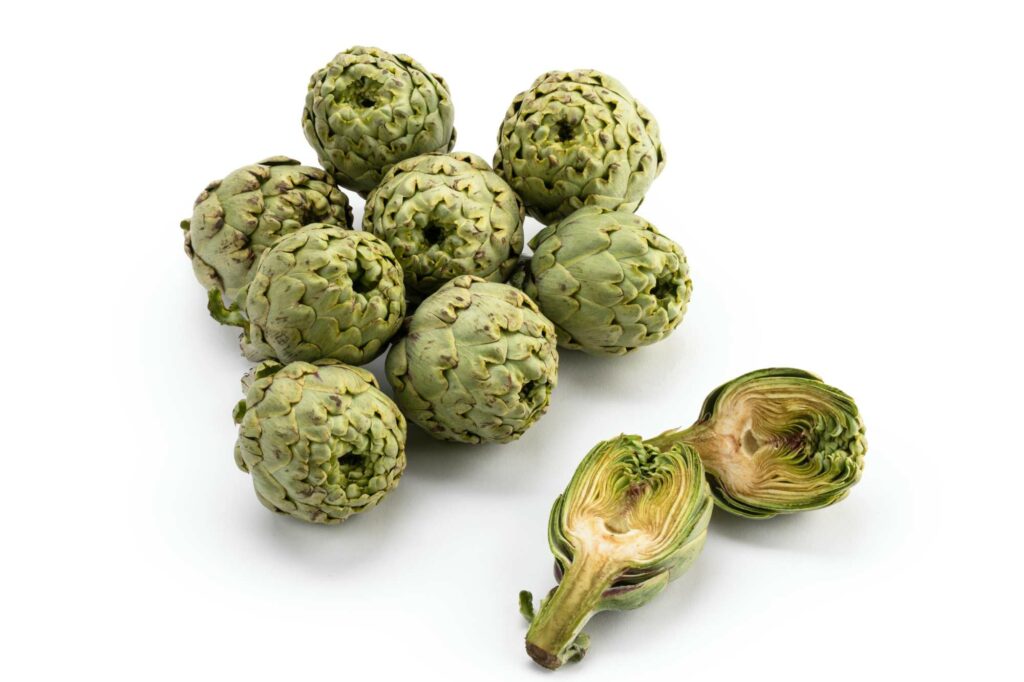
The Tudela artichoke is a herbaceous plant which is only known as a cultivated species under the scientific name Cynara scolymus. Blanca de Tudela, developed thanks to the selection process carried out by Tudela farmers, is the only accepted variety.
The Tudela artichoke can be distinguished from other varieties thanks to its more rounded shape and the round hole on top where the bracts or leaves do not join up to close the head.
It is a species typical of temperate regions, and Mediterranean countries such as France, Spain and Italy account for 80% of world production and consumption.
Cultivation: The Tudela artichoke grown to be sold as fresh produce yields one crop per year and when it is grown to be jarred, it can be biennial. It is a herbaceous plant with a powerful root system which ensures the nutrition of the plant. A stem initially forms on the main root and the group of leaves, known as the rosette, grows on the stem. The stem develops in the middle of the plant and produces the artichoke, which is a flower that is not allowed to fully develop and is the edible part of the plant.
Harvesting: Artichokes are harvested by hand, selecting the examples which are ready to be picked according to their state of ripeness and repeating the process a number of times. The harvesting and transportation of the product to the processing plant is carried out with the greatest care, trying to avoid dehydration.
Selection: Those artichokes which are going to be protected by the Protected Geographical Indication must be carefully selected before being packed, removing any which do not conform to the established quality and size standards.
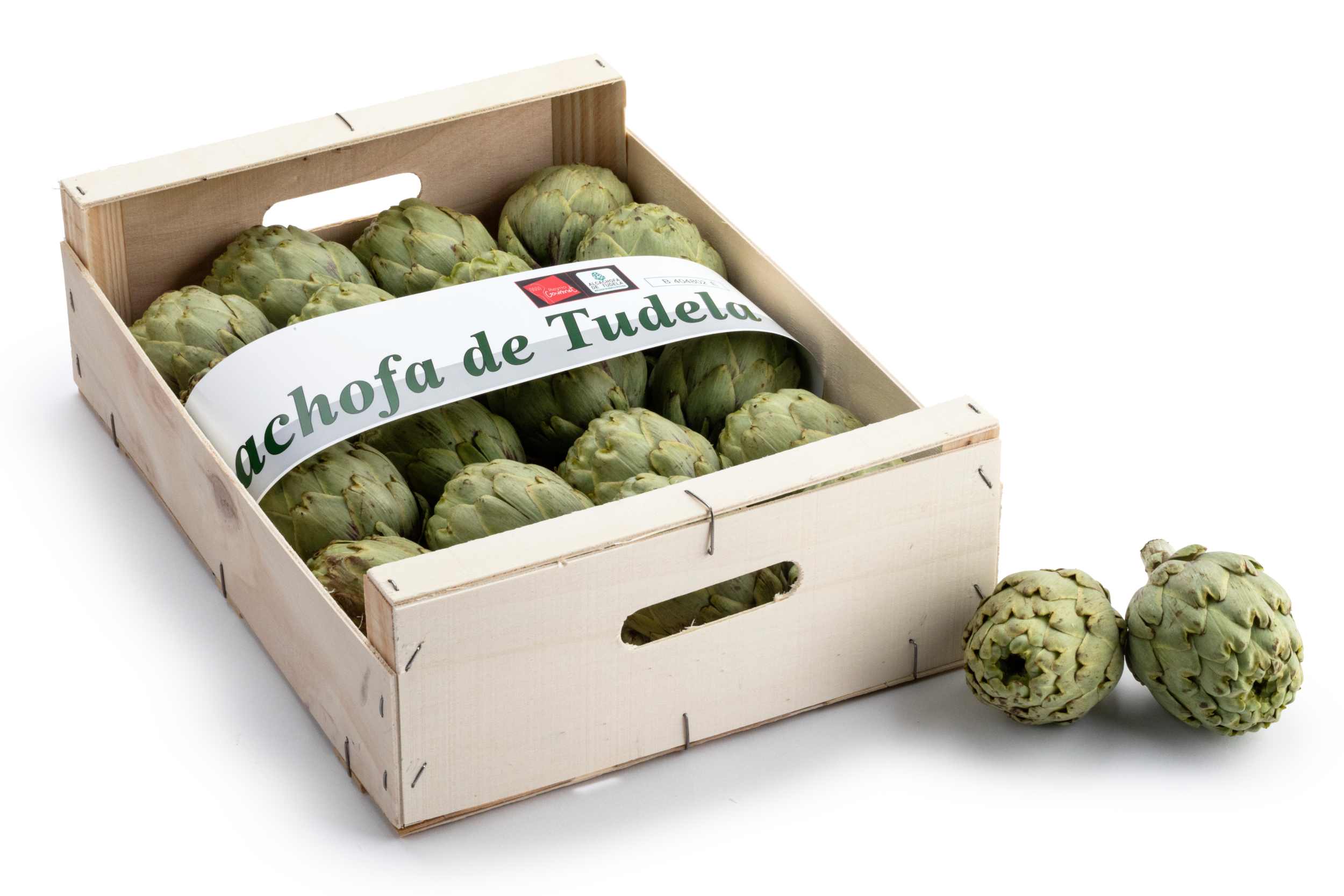
Alcachofa de Tudela is the only Protected Geographical Indication for the jarred version of this product. These artichokes are always sold in glass jars and no acidulants or acidity correctors can be added in their preparation, thereby ensuring that the processed product’s pH is the same as the fresh version, with a minimum value of 5.0.
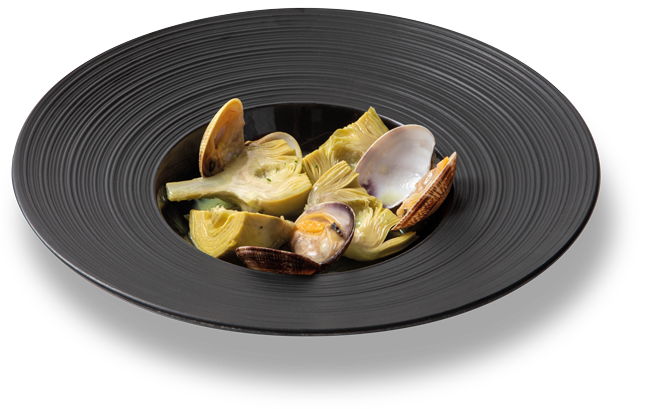
The Tudela artichoke, also known as ‘the flower of the market garden’ achieved Protected Geographical Indication (PGI) status in 2001 for both the fresh and preserved product, provided that it was produced in one of the 33 localities in Navarra’s Ribera region, with the Tudela district at its centre.
The first crops of this vegetable in Navarra date back to the time of Al-Ándalus. And from then on, Tudela farmers worked tenaciously and meticulously on the selection process until they arrived at the Blanca de Tudela. In fact, it is the only variety of artichoke grown in Navarra.
However, given the success and fame that this artichoke began to reap throughout Spain in the 1980s thanks to its crunchy texture, slightly bitter taste and juiciness, the plant originally from Navarra began to be planted all around the country.
IGP Alcachofa de Tudela
But the farmers from the Tudela district did not sit idly by and pushed to obtain recognition for their variety. The Tudela artichoke achieved Protected Geographical Indication (PGI) status in 2001 for both the fresh and preserved product, provided that it was produced in one of the 33 localities in Navarra’s Ribera region, with the Tudela district at its centre.
All the processes involved in the growing, processing, jarring and labelling of the end product are audited by INTIA, Instituto Navarro de Tecnologías e Infraestructuras Agroalimentarias, S.A., the control body of the PGI in charge of ensuring that the certified product meets the requirements required by the Specifications.
INTIA is accredited by ENAC (National Accreditation Body) according to the European Standard UNE-EN ISO/IEC 17065:2012.
The certification system employed is based on:




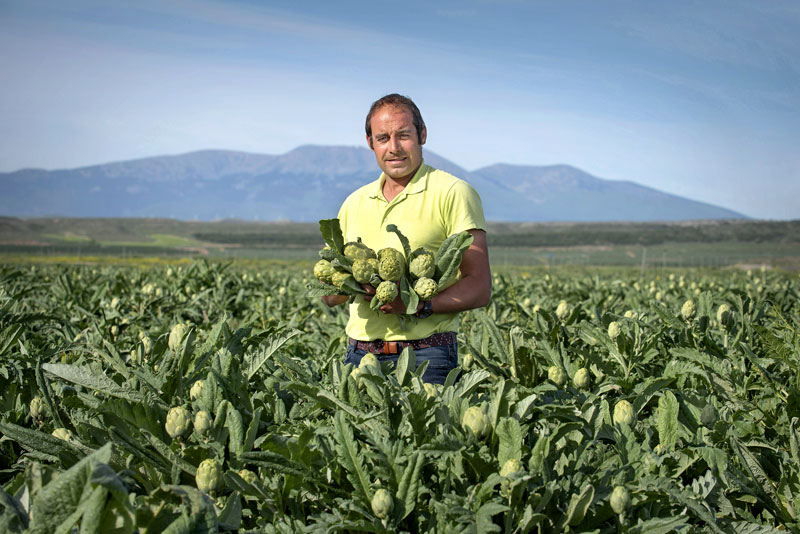
Puede encontrarse en el mercado en conserva y en fresco, una corta temporada en otoño y otra más larga en primavera. En ambos casos, el producto debe estar perfectamente identificado con el nombre completo “Alcachofa de Tudela” y el logotipo de la Indicación Geográfica Protegida.
En fresco, la Alcachofa de Tudela se vende por docenas con tallos y hojas o por kilos sin tallo. Se la identifica porque lleva una banda numerada con el logotipo de la IGP y el sello Reyno Gourmet.
En conserva, solo se admite en envase de vidrio y no debe incluir acidulantes ni correctores de acidez, de esta manera se logra que una alcachofa con un más sabor natural. La identificamos porque lleva una contra etiqueta numerada del Consejo Regulador.
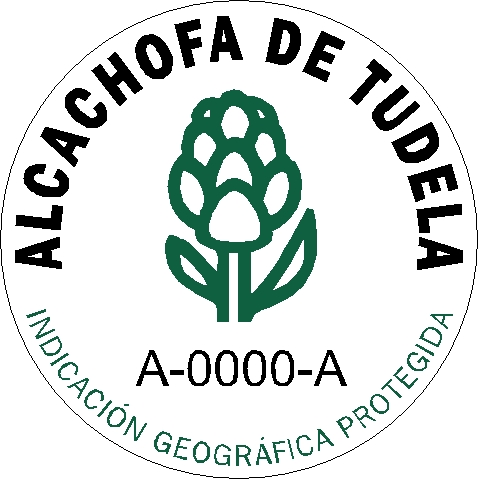
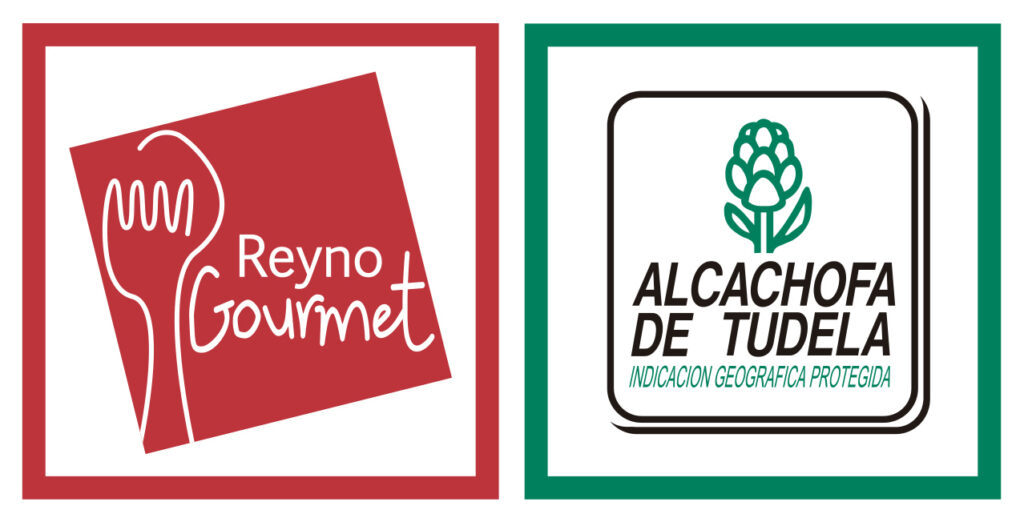

Want to be kept up to date on Reyno Gourmet’s news, events, competitions and promotions?
Leave us your email and periodically receive our newsletter in your inbox.
Responsible: Navarro Institute of Agro-food Technologies and Infrastructures, SA (INTIA) Purpose: Manage the sending of the requested information and in relation to the activity. Legitimation: Consent of the interested party. Recipients: No data will be transferred to third parties, except legal obligation. Rights: Access, rectify and delete the data, as well as other rights as explained in the additional information. Additional information: https://intiasa.es/es/nota-legal.html